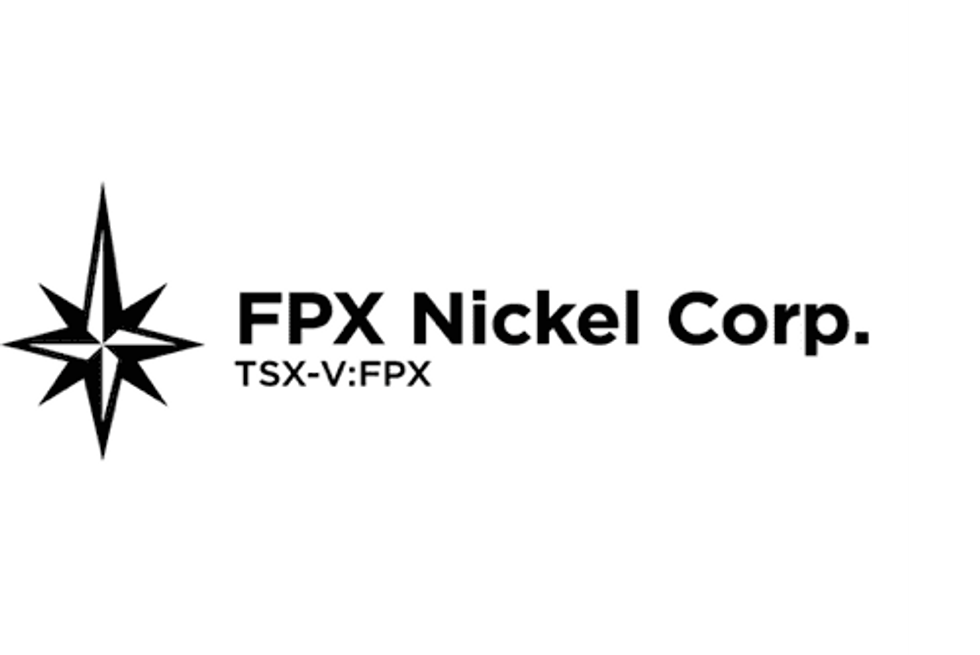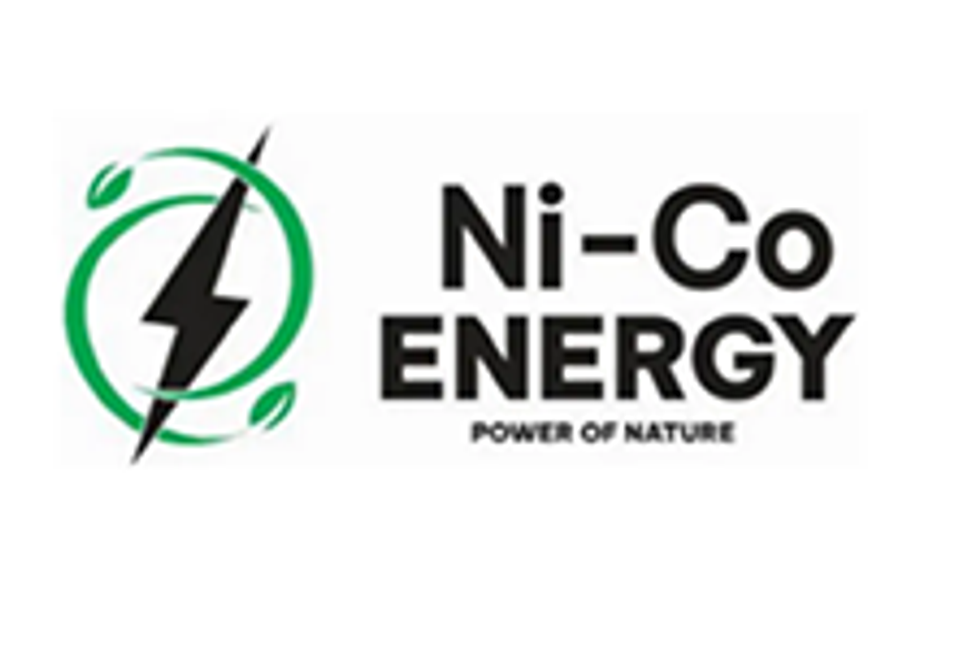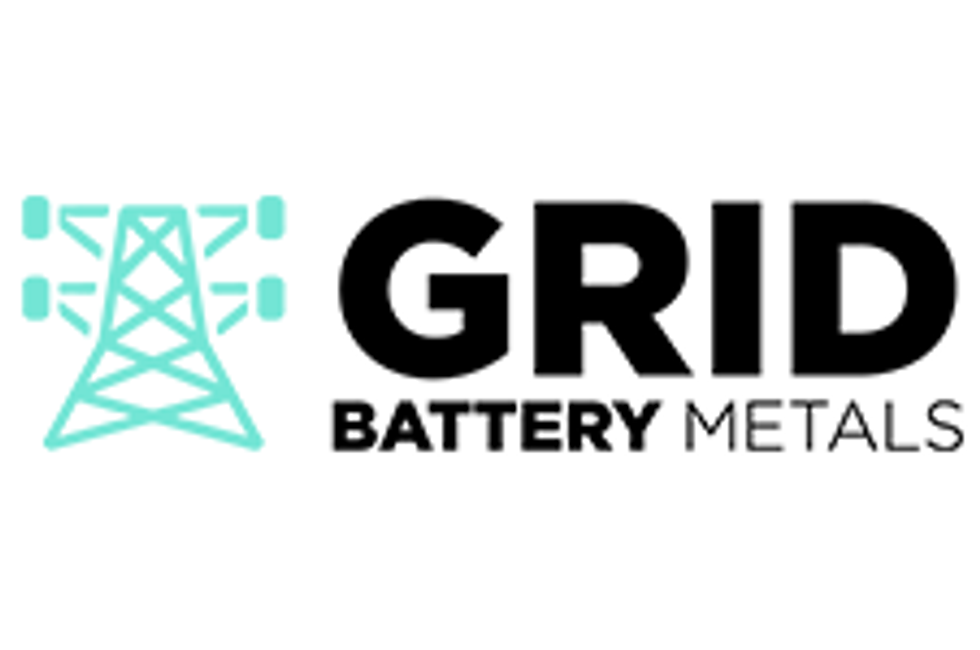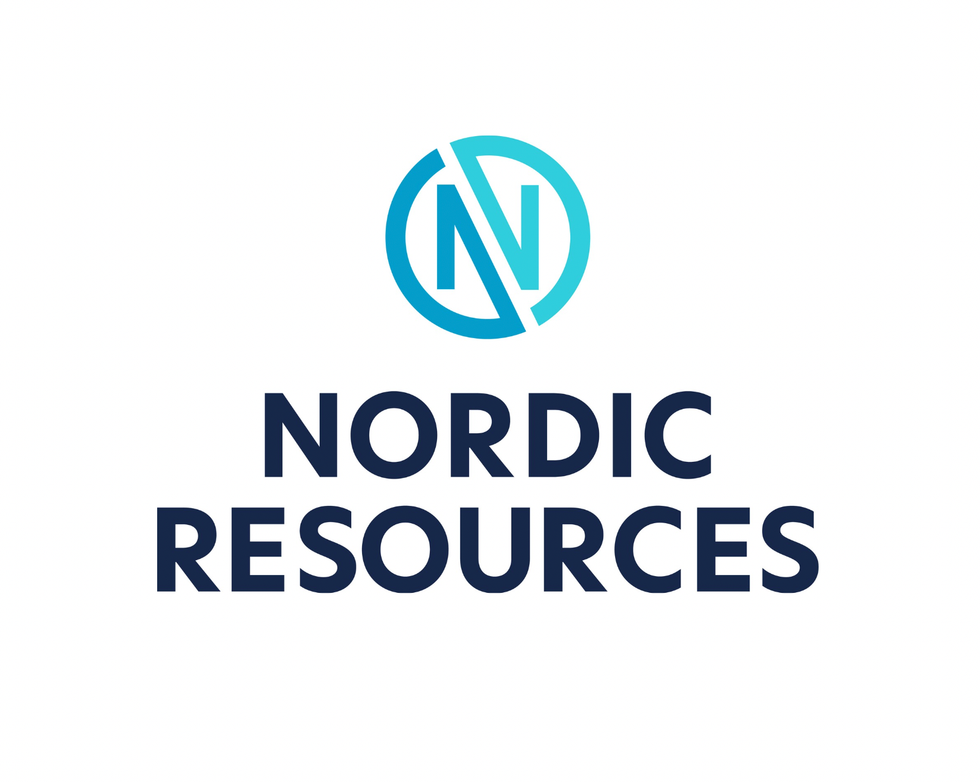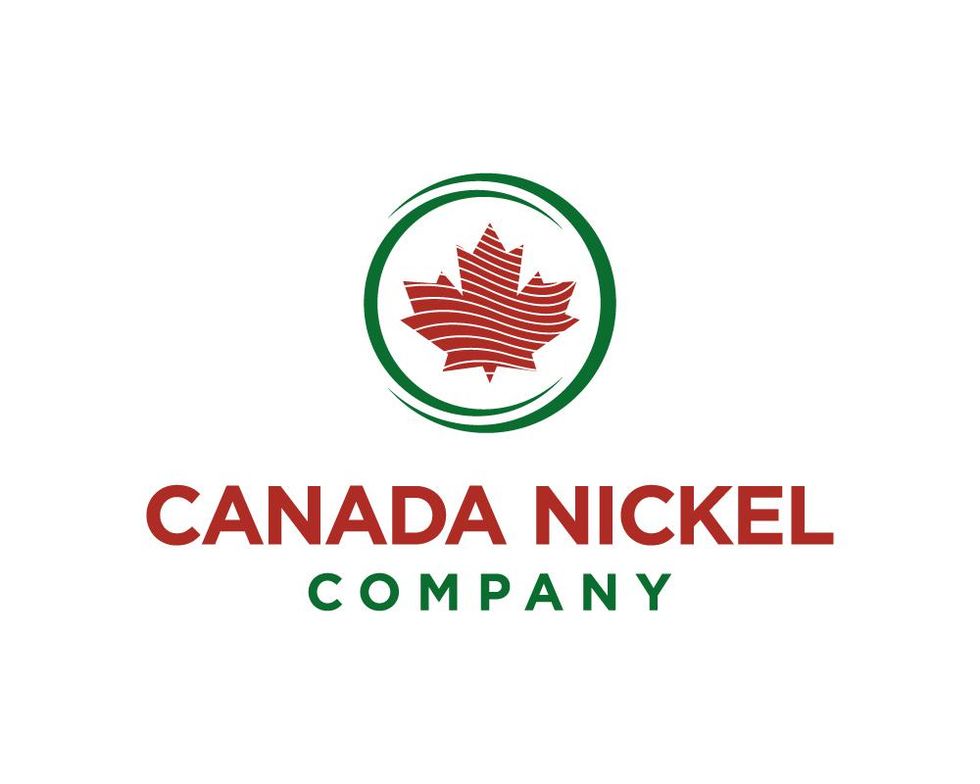The Importance of a Domestic Supply Chain for Critical Minerals

As the world continues its march towards clean energy, demand for critical metals is soaring.
We live in a time of transition. As nations and international organizations set ambitious climate and sustainability goals, commodity prices have soared and supply chains have entered a volatile state of flux. In addition, both of these trends have been significantly exacerbated by the war in Ukraine and recent lockdowns in China.
Questions about pricing and security of supply abound, not only for major, foundational resources such as oil, gas and coal, but also for a broad range of commodities, from food crops to fertilizer to metals. And all this is occurring against the backdrop of inflation rates not seen in decades.
The minerals and materials identified as critical to electrification and sustainability have been particularly impacted by these macro factors, pushing them to the forefront of prominence for governments and investors alike. Both Canada and the US have defined their own lists of critical minerals, a term that describes resources that have been identified as essential to either national security or green energy, and are sourced primarily internationally. The most noteworthy common thread between the two lists is that both heavily feature battery and platinum group metals (PGMs).
An international drive for sustainability
The global drive to address climate change by decarbonizing human activity was already well underway when it was accelerated by recent geopolitical events. These have highlighted vulnerable supply chains and strengthened the resolve of many nations to pursue energy independence by advancing their internal green energy capacity. Electric vehicles have clearly emerged as one of the most significant sources of demand where this burgeoning green economy is concerned, and this has become a global phenomenon.
Petroleum-based internal combustion engines are a major pollutant. In 2020, for instance, the transportation industry accounted for 36 percent of CO2 emissions in the US, largely “because of its near complete dependence on petroleum fuels.” Initiatives in place around the world see removing older vehicles from the road and replacing them with electric, hybrid or hydrogen fuel cell alternatives as representing a pivotal step in enabling the development of a green energy economy.
Yet, for all the noble intentions, this transition is a colossal undertaking. Supply bottlenecks have already caused production to grind to a halt on more than one occasion and played incredible havoc with metal prices as recently as this year. And, although many countries are ramping up production, it’s impossible for either Canada or the US to meet internal demand for all critical minerals listed if they continue to rely heavily on imported materials.
In fact, despite being home to pioneers like Tesla, North America lags behind in the electric vehicle market, and China has a multi-year head start on the US in securing supplies of critical minerals. Outside of electric vehicles, the demand for stationary batteries for power storage is also projected to grow exponentially alongside increased renewable energy production, creating further demand for critical metals.Charging towards a better supply chain
Nickel is arguably among the most important critical metals, used in the majority of modern electronics — the lithium-ion batteries in electric vehicles included. In fact, nickel has been a central component in the great majority of rechargeable batteries made since the 1970s, and it remains irreplaceable in mass-produced batteries that require high energy density and the resultant light weight that enables. This is especially true of modern lithium-ion batteries, the majority of which use large amounts of nickel as the cathode material of choice.
Tesla's Elon Musk recently begged miners to make more nickel, highlighting the urgent supply chain concerns for a metal that is still largely sourced from nickel laterite mines in Indonesia and similar locales, using mining and processing methods that are environmentally intensive. Recent price shocks at the London Metal Exchange have highlighted the dwindling stores and urgent need for more numerous and cleaner nickel mines. While Indonesia dominates global nickel supply with production from laterite mines, Russia is the biggest supplier of nickel from nickel sulfide ores, something that has been highlighted by recent geopolitics.
Cobalt holds similar importance for its ability to increase the energy density and stability of batteries, while also acting as a key material in the aerospace sector. At the moment, neither nickel or cobalt is produced in any significant quantity in the US. The Democratic Republic of Congo is the overwhelmingly dominant global supplier of cobalt. Ontario, Canada, has a number of large nickel mines as well as development projects — and cobalt largely comes along as a byproduct, making it something of a global player. In the US, however, there is just one primary nickel mine — which is set to close due to depletion in 2026 — and nickel reserves are a paltry 340,000 metric tons (MT), according to the US Geological Survey. Compare this to Russia, for example, which, as the world’s third largest source, has reserves of 7.5 million MT and produced 250,000 MT in 2021.
The US has historically been reliant on imports of both of these critical minerals. With the resiliency of global supply chains being questioned, western countries were already accelerating the process of securing their own domestic supplies. Now, with tumultuous global events unfolding, this has become an even more urgent matter. Nations are increasingly distancing themselves from Russian sources like the behemoth Norilsk’s nickel-copper-PGMs mines, in particular. Working with end users, which are driven by consumer demand, countries are also taking a hard look at the mining and refining practices of key producers with environmental, social and governance awareness and criteria becoming ever more influential. Taken together, the runway for price increases and the emergence of new US projects seems clear, driven by the combined forces of increasing demand for nickel and cobalt, restrictions on palatable global supply sources and the push for domestic production.
Approaches to increased domestic supply
Beyond these vital battery metals, the current US list of critical minerals includes five of the platinum group metals: platinum, palladium, rhodium, ruthenium and iridium. PGMs can be considered green metals as they play a vital role in pollution control, with their primary use being in catalytic converters, which significantly hydrocarbon, carbon monoxide and nitrous oxide emissions in automobile exhaust. In addition, platinum and the other PGMs are necessary for hydrogen fuel cells and the production of green hydrogen, which is seeing a groundswell of support internationally with numerous initiatives in development, including in the US. Both palladium and rhodium prices remain strong after recently reaching new all-time highs before consolidating, and platinum supply/demand fundamentals appear bullish for price support moving forward.
As with nickel and cobalt, North America lags far behind in terms of production of platinum group metals, with the global dominance of South Africa, Russia and Zimbabwe being well established. South Africa is currently the top global producer of PGMs as a whole, and its mines skew significantly toward platinum. Production from Russia is, conversely, heavily weighted toward palladium and the aforementioned Norilsk project is the world’s largest single source. South Africa will be looking to further cement its position with promising developments like Ivanhoe Mines’ (TSX:IVN,OTCQX:IVPAF) enormous Platreef mine poised to come online.
Named for its location on the Platreef in South Africa's Bushveld Igneous Complex, the Platreef mine is under construction by Canadian mining company Ivanhoe Mines, led by the legendary Robert Friedland, which has retained a 64 percent ownership. Current feasibility studies suggest that the project has the potential to become a world-scale producer of palladium, platinum, rhodium, copper, nickel and gold. Production is expected to commence in 2024, with the largely mechanized operation being powered by a combination of renewable energy and liquefied natural gas.
The Platreef mine will join Anglo American’s (LSE:AAL,OTCQX:AAUKF) Mogalakwena mine as a major South African source of critical minerals. Both are extremely large-scale, mechanized projects with very robust economics that offer nickel and copper in addition to PGMs.
However, the giant size of these mines is still far from enough to meet rising global demand for critical minerals, and their location in Africa does not address the concerns of the Canadian and US governments that seek to reduce their reliance on imports, particularly where political and socioeconomic stability may be an issue. This reliance, particularly from a small number of major suppliers, means that a fundamental link in the critical metals supply chain can be broken as a result of political instability or trade disputes. Moreover, the cost, time and energy required to ship refined materials halfway around the world adds additional risk and creates a greater carbon footprint.
It's even more difficult to justify the expense when there are highly similar deposits much closer to home.
Exploring the local resource potential of Montana
Canada already punches above its weight class in terms of nickel production relative to its own domestic consumption. It has a number of large, well-established projects with promising new ones in development — making it a net exporter for the foreseeable future. The situation is different in the US, which, given the scope and scale of its economy, auto manufacturing and industrial base, is heavily dependent on imported material to shore up its modest mine production. However, that is not to say this cannot be mitigated in a significant way.
It is interesting to note that Norilsk, Platreef, Mogalakwena and Platinum Group Metals’ (TSX:PTM,NYSEAMERICAN:PLG) Waterberg project are all large-scale magmatic sulfide projects providing nickel sulfide ores. These are the preferred deposit type, given that battery-grade nickel generated from nickel sulfide requires a much smaller environmental footprint relative to nickel from laterite ores. What’s more, the US is home to a major nickel sulfide district that is currently home to the world’s highest-grade PGMs mines.
The Stillwater district in Montana hosts the JM Reef deposit, which is an ultra-high-grade structure rich in PGMs, weighted toward palladium. In 2017, South African gold producer Sibanye completed its acquisition of Stillwater Mining Company for US$2.2 billion to create Sibanye-Stillwater (NYSE:SBSW) and took over operation of two major mines in the district. In May 2017, when the deal was announced, the palladium price averaged US$800. In 2022, the price has been consistently above the US$2,000 mark, even reaching an all-time high of US$3,099 in March. The Stillwater mines hosts 88.6 million ounces of PGMs in resources. In a curious bit of trivia, Norilsk Nickel owned a majority interest in the Stillwater Mines from 2003 to 2010.
The presence of the Stillwater mines is important not only because they represent the primary domestic US source of PGMs, but because of what the surrounding geology indicates in terms of additional potential. A layered magmatic system, the Stillwater complex has long been recognized as analogous to the Bushveld complex in South Africa. Both districts support mines on narrow, high-grade reef deposits. Adjacent to those reef deposits, both districts also host disseminated polymetallic nickel sulfide deposits that are rich in nickel, copper and, of course, the PGMs. On the Platreef in the Bushveld complex, the Platreef, Mogalakwena and Waterberg mines identified above are other examples of these large-scale disseminated nickel-copper-PGMs projects. Discoveries and development of mineralization in the Stillwater district is some years behind that of the Bushveld, albeit on a very similar trajectory. However, that path appears to be accelerating more quickly with the emergence of a second player in the Stillwater district — one that is directly adjacent to the reef mines of its neighbour and is advancing a large-scale project akin to Platreef itself.
The Stillwater West critical minerals project is 100 percent owned by Vancouver-based Group Ten Metals (TSXV:PGE,OTCQB:PGEZF,FWB:5D32). The deposit sits below the JM Reef in the stratigraphic package and hosts no less than eight critical minerals — namely nickel, cobalt, platinum, palladium, rhodium, chromium, iridium and ruthenium — with copper and gold also contributing significantly to the contained value. The project actually hosts both reef and Platreef-style targets across its sizable 32 kilometer strike length, but Group Ten is focused on the latter for the time being.
Per the company’s inaugural October 2021 NI 43-101 mineral resource estimate, Stillwater West already contains an inferred 2.4 million ounces of palladium, rhodium and gold along with 1.1 billion pounds of nickel, copper and cobalt, and this appears to be scratching the surface given the expansion potential demonstrated in geophysical surveys and other drilling not included in the resource estimates. The current constrained model totals 157 million MT at an average grade of 0.45 percent total nickel equivalent using a 0.2 percent nickel equivalent cut-off grade. These figures are expected to grow substantially as the project advances — starting with a resource update expected later this year.
The notion of a Platreef in Montana got a huge endorsement recently when two key members of the Ivanhoe team responsible for the discovery and development of the Platreef mine joined Group Ten Metals. Dr. Danie Grobler and Mr. Albie Brits just came on board as Vice President of Exploration and Senior Geologist, respectively.
Stillwater is not the only potential source of these particular critical metals in North America, but it stands out in the Western Hemisphere based on the sheer size and historic production of its surrounding district, which is truly world class. In addition, it is among a very few nickel sulfide projects in the US, and it offers co-product levels of other metals that are rare globally. In Canada, companies are on the hunt for these and other critical minerals. Near the historic Canadian town of Snow Lake, Foremost Lithium Resources & Technology (CSE:FAT,OTCQB:FRRSF) has acquired three major lithium projects. New Age Metals (TSXV:NAM,OTCQB:NMTLF), a Vancouver-based exploration company, also has a significant presence in the region.
Major and emerging graphite producers in North America include Lomiko Metals (TSXV:LMR,OTCQB:LMRMF) in Quebec, Graphite One Resources (TSXV:GPH,OTCQX:GPHOF) in Alaska and Westwater Resources (NASDAQ:WWR) in the Southern US.
Takeaway
In the coming years, demand for critical metals will continue to increase. In order to remain competitive on the global stage and embrace a more sustainable future, North America needs to scale up its domestic supply chain. Fortunately, growth-stage mineral exploration companies are advancing deposits of exactly these metals in Canada and the US. The Platreef-style deposits of Montana that are now being advanced by Group Ten Metals offer a potentially major source of both platinum group metals and battery metals in a famously productive US district.
This INNSpired article was written as part of an advertising campaign for a company that is no longer a client of INN. This INNSpired article provides information which was sourced by INN, written according to INN's editorial standards, in order to help investors learn more about the company. The company’s campaign fees paid for INN to create and update this INNSpired article. INN does not provide investment advice and the information on this profile should not be considered a recommendation to buy or sell any security. INN does not endorse or recommend the business, products, services or securities of any company profiled. If your company would benefit from being associated with INN's trusted news and education for investors, please contact us.
